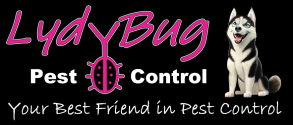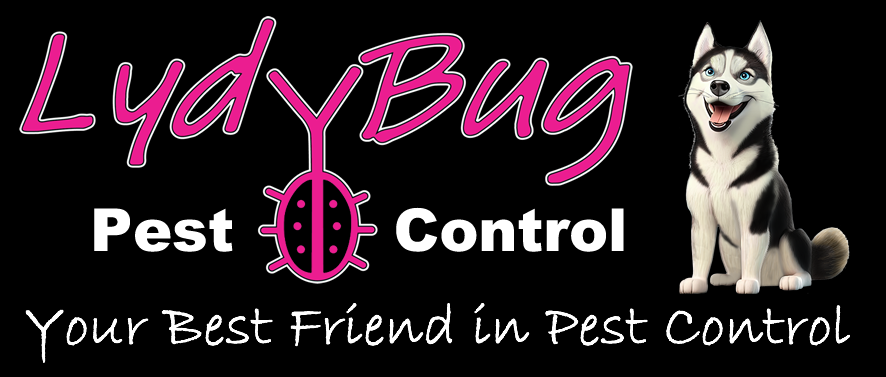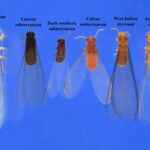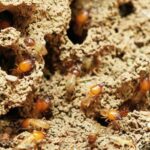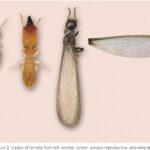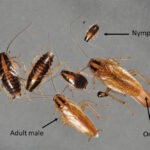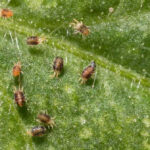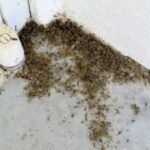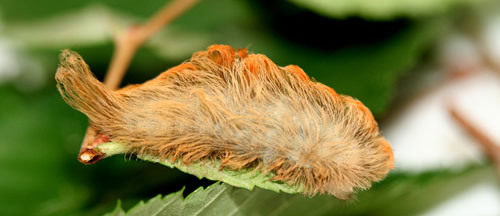
If it’s cute and fuzzy, don’t touch! In Florida, we have a few species of caterpillars that are pleasing to the eye, making them tempting to pick up and handle. However, animals that tend to be bright, colorful and alluring usually look like that to warn predators that they’re dangerous. This blog will discuss the Puss Caterpillar.
But here are some examples of adorable creatures that are on the no-touch list! From left to right; poisonous dart frog, coral snake (remember, red on yellow-kill a fellow!), saddleback caterpillar and the blue ring octopus. Now let’s talk about a dangerous caterpillar we need to keep an eye out for in our own backyards.
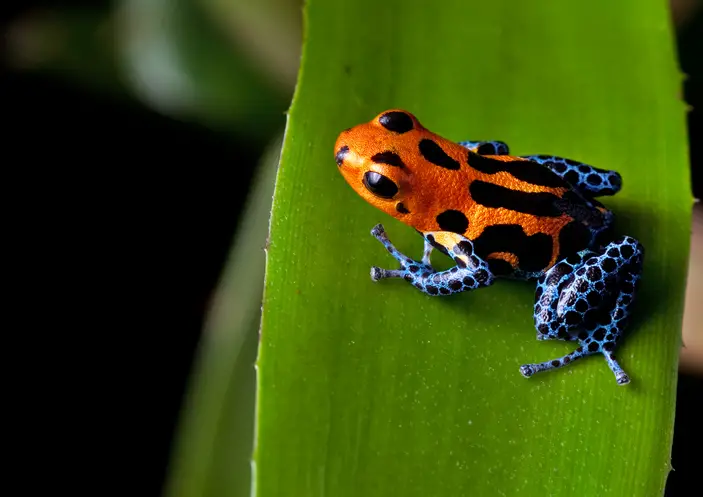
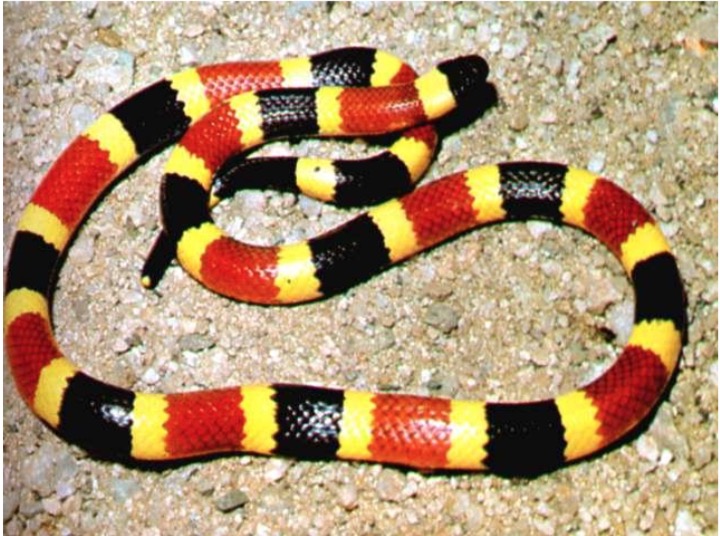
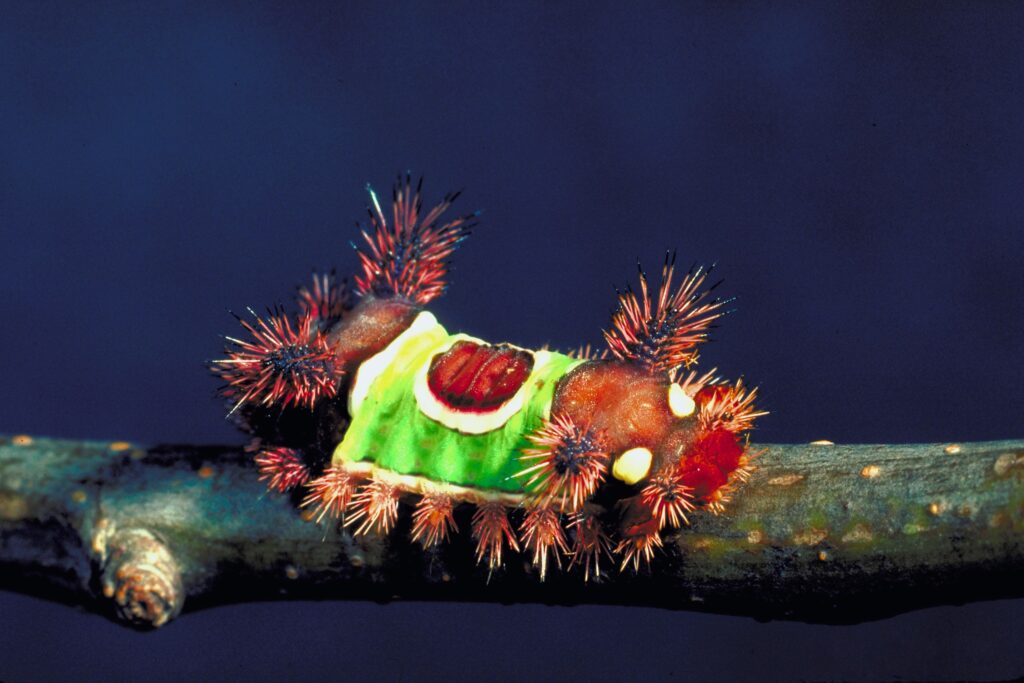
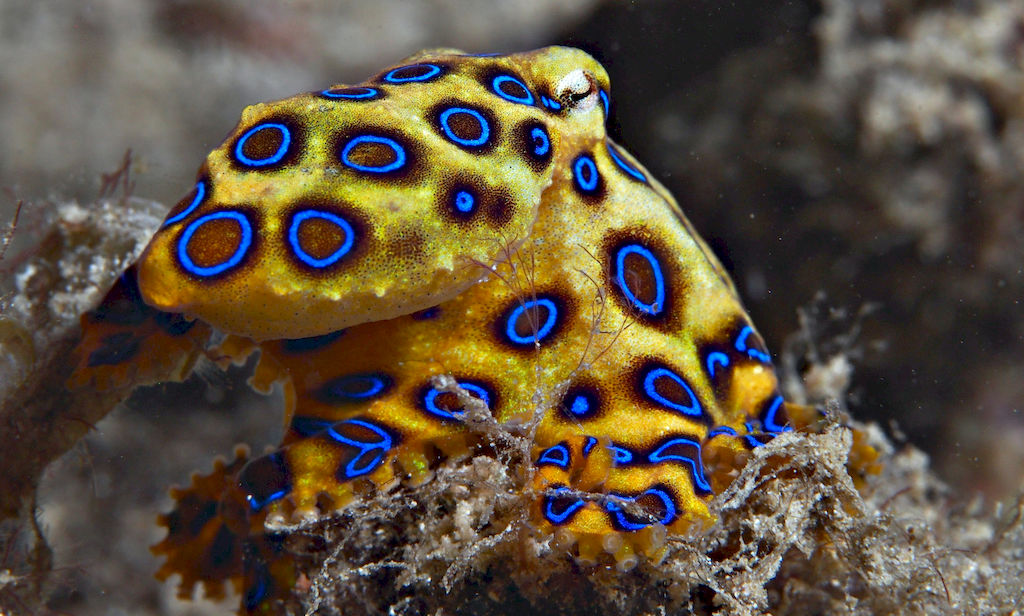
Puss Caterpillar
If you see a small little bug about an inch long that looks like a toupee, it’s probably the puss caterpillar. This little hairball is one of the most venomous caterpillars in the United States. Some of it’s common names include the woolly slug and perrito, which means puppy in Spanish, and justly named.
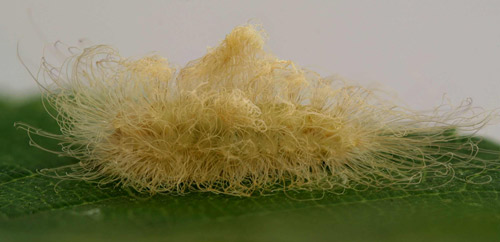
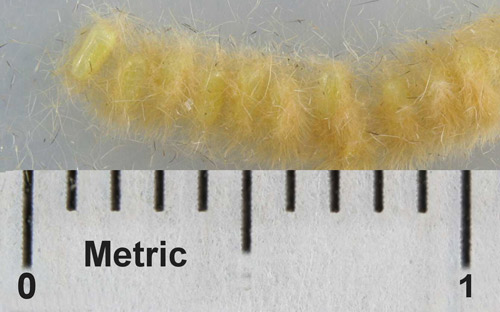
Even the eggs look fuzzy and could easily be overlooked. They don’t hatch hairy, much like some mammals you may think of, but develop more “hair” as they molt and get bigger. The “hairs” are actually hollow spines that have venom glands at the base of each hair. Underneath the spines are poisonous barbs that can cause excruciating pain and swelling that can last days to weeks, in some cases.
They typically have one brood in early summer and one in fall. Stings tend to be more prevalent in the fall because more people are outdoors and come into contact with them accidentally. The older and larger the caterpillar, the increased level of toxin it has. The eggs are laid on small twigs and foliage, typically oak and elm trees, and hatch within a week.
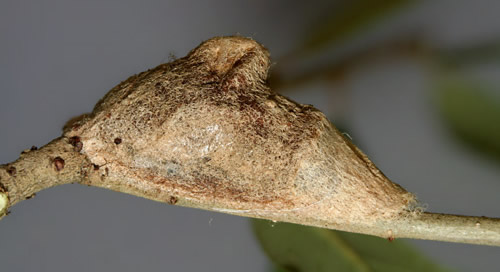
What happens if I get stung?
The sting is a sudden burning pain with intensity varying with the person’s tolerance but also the thickness of the skin it comes into contact with. The telltale markings match that of the barbs on the caterpillar, shown below.

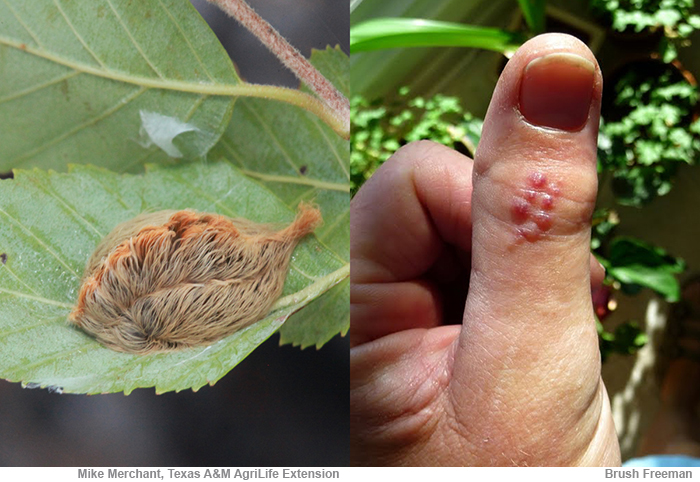
According to University of Florida’s Institute of Food and Agricultural Services, in addition to the characteristic localized symptoms, more general systemic manifestations may also occur including headache, fever, nausea, vomiting, tachycardia, low blood pressure, seizures and more rarely, abdominal pain, muscle spasms and convulsions (UF IFAS).
Some people have suggested removing any loose spines with a piece of tape, and follow with a cold compress, oral antihistamines and topical hydrocortisone cream. If you develop worsening symptoms, you should seek immediate medical attention.
Let us help!
The puss caterpillar does have some natural predators, such as the Anolis which you probably know by your friendly neighborhood lizard. There have also been reports of parasitic tachinid flies. But if nature doesn’t keep you and your family puss caterpillar free, give us a call as we have some products that will take care of the dangerous pests.
LydyBug Pest Control offers preventative and ongoing treatment in Orlando for all pests and can help you take care of any problems. Our experts are fully trained and certified in pest control, so you can be sure they will safely and effectively take care of the problem. Contact us for assistance with poisonous caterpillars today!
